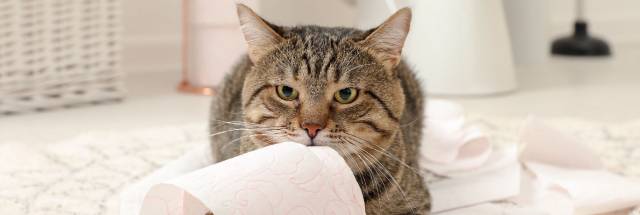
Everything you need to know about cat litter
CAT LITTER: A VITAL SPACE TO BE KEPT CLEAN
Your cat’s wellbeing and development in your home depend to a great extent on your choice of litter. Whether you choose clumping, absorbent, plant-based, mineral-based litter, in a tray or litter house, opt for the winning combination to keep your pet happy. But that’s not all, finding the right position and cleaning your cat’s litter are equally important for your pet’s comfort and privacy. Everything you need to know!
WHAT TYPE OF CAT LITTER SHOULD YOU CHOOSE?
DIFFERENT TYPES OF LITTER
Different types of litter for cats and kittens are available on the market.

Clumping litter
The most practical type is clumping litter which forms clumps upon contact with urine. Soiled litter can be easily removed without having to empty the whole tray.
Silica litter
Silica litter, made from transparent zeolite beads and pellets, is the most absorbent type of litter if your cat frequently passes large volumes of urine.
Silica changes colour when wet, which is practical. Once again, the soiled litter can be removed easily. Silica litter does not produce any dust.
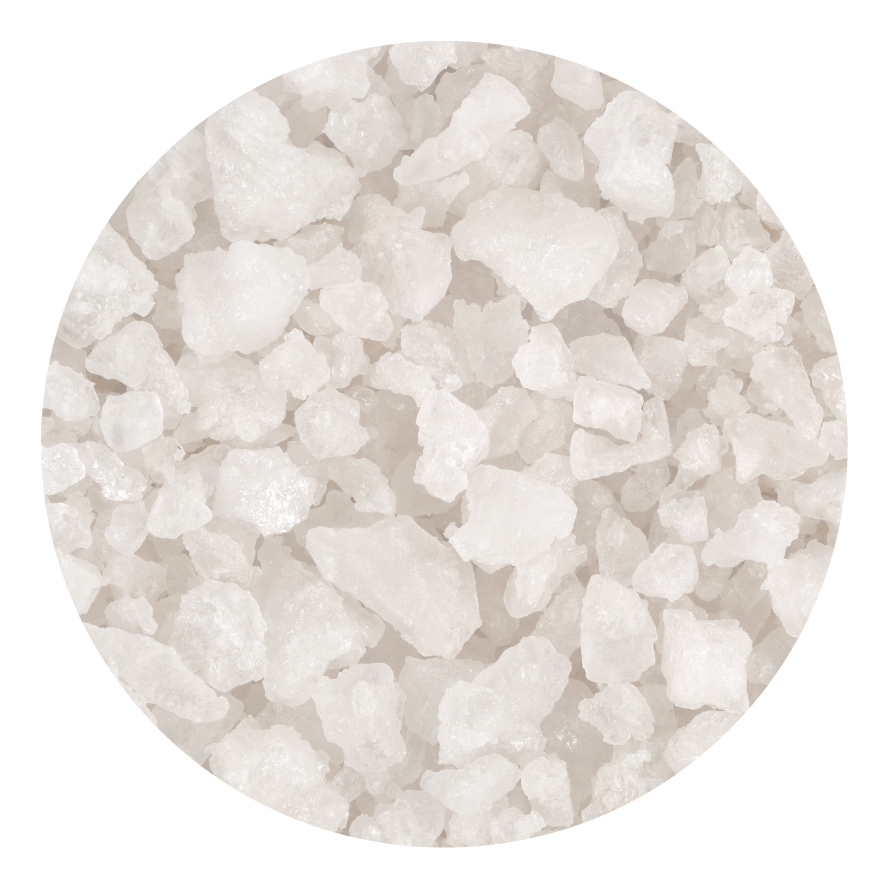
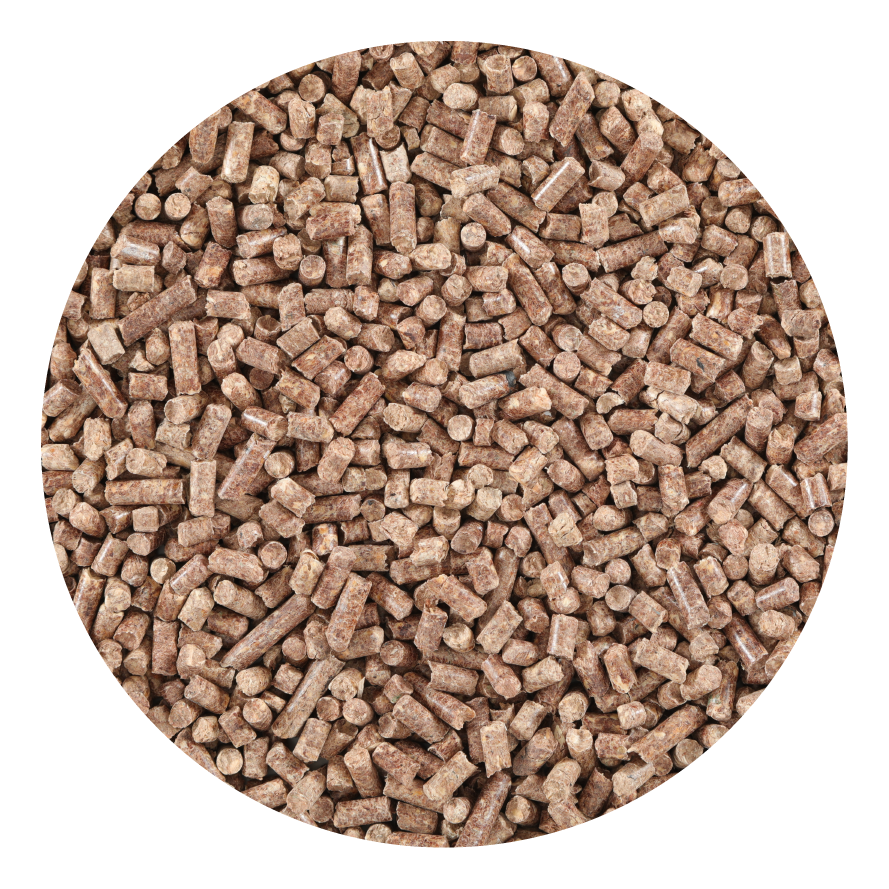
Plant-based litter
The most ecological choice is plant-based litter, made from wood shavings or paper.
Some types of plant-based litter are designed to be flushed down toilets or emptied on the compost heap in your garden.
However, check that your chosen plant-based litter is suitable for this type of use, otherwise you might block your toilet! Furthermore, it should not contain any chemicals, such as ink, and must not have been treated.
Some cats might not like the sound the paper makes, which can be a slight drawback.
Mineral litter
Mineral litter, made from natural clay granules, is the most common, but perhaps the least effective, type of litter.
The clay captures urine, but does not trap odours very well. Moreover, this type of litter produces a lot of dust.
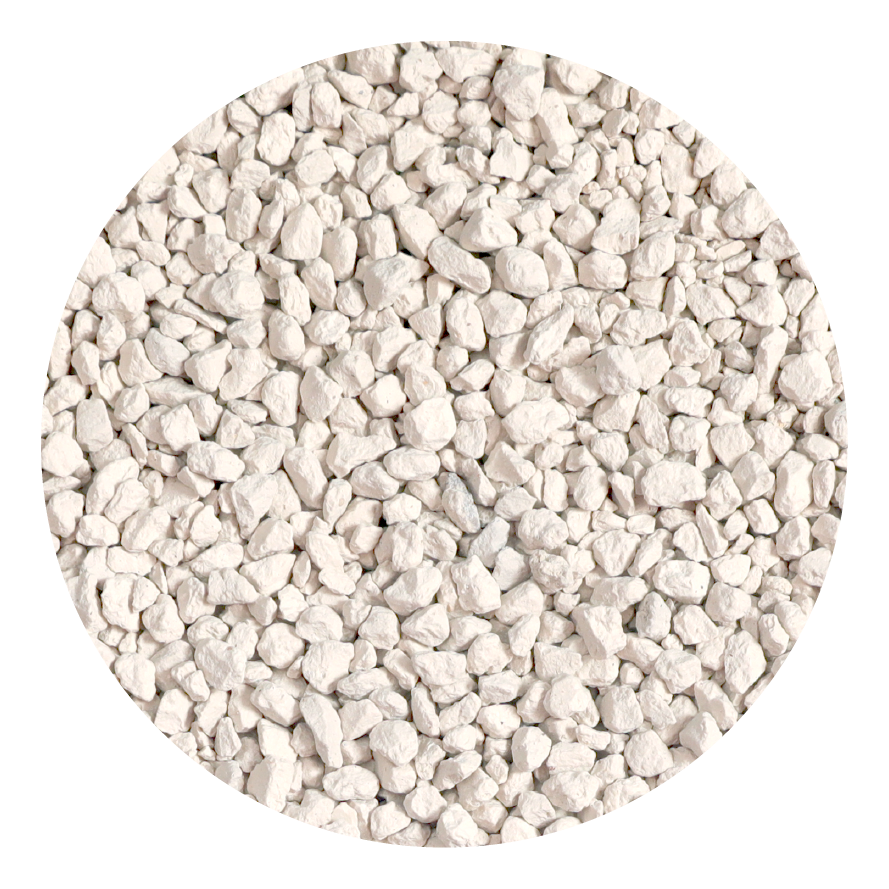
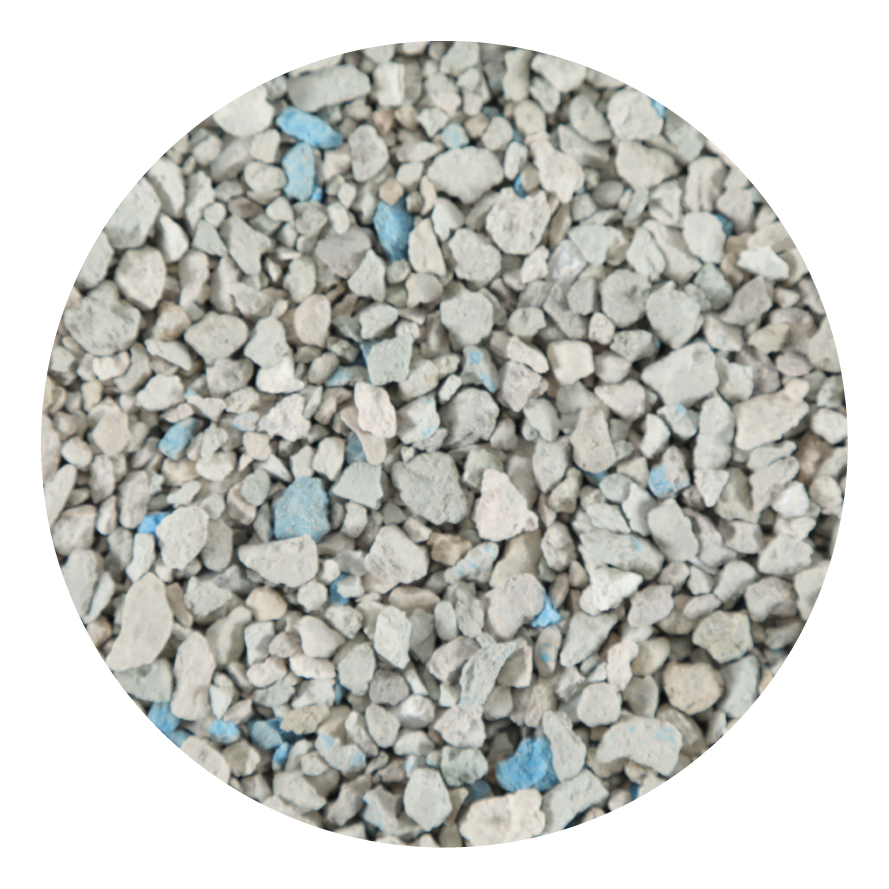
Scented litter
The most pleasant litter is scented litter which is a good solution for cats with very strong smelling urine, such as entire male cats.
However, some cats do not like the scent which has an impact on their environment. It is not very ecological, and is not suitable for kittens or sensitive cats.
If you have just adopted a cat, ask which type of litter it preferred, to save valuable time while avoiding changing its habits.
CRITERIA FOR SELECTING CAT LITTER
When choosing cat litter, there are different requirements which go beyond a simple preference for a type of litter.
The following points are worth looking into, to ensure that your cat is happy with the space where it does its business and also to make sure this does not cause you any discomfort:
- the absorption properties of the litter make it easier to trap strong odours which are unpleasant for the whole family;
- cleaning can be more or less complex, depending on whether a tray or litter house is used, and also on the type of litter;
- the presence of dust in the litter may bother individuals suffering from allergies or respiratory disorders. The dust also soils your interior;
- the environmental impact of the litter is reduced if you opt for a natural and biodegradable material;
- the price inevitably has an impact on other criteria because, logically, more expensive litter is often more practical, more ecological and more comfortable.
📏 How thick should the layer of litter be in the tray? To save money and reduce the impact of the volume of litter discarded each year, you might be tempted to place a thin layer, i.e. 3 or 4 centimetres, of litter in your pet’s tray. However, we recommend adding between 7 and 10 centimetres of litter instead, to completely absorb urine, to trap odours and to prevent any ammonia present in urine from damaging the litter tray. Furthermore, cats like to scratch litter to cover their waste. The deeper the litter, the more this habitual behaviour will be encouraged. You will also avoid odours from faeces left on top of the litter…
HOW TO CHOOSE YOUR CAT’S LITTER TRAY?
Litter tray or house? It is difficult to answer this question without having tested different options beforehand. The litter house gives your pet more privacy. The cat is more exposed to its environment when using an open litter tray, unlike a litter house with a removable roof.
If in doubt, opt for a house, and you can always remove the roof if necessary.
In any case, choose a litter tray or house that is large enough to accommodate your pet comfortably.
If you would like to purchase just one tray to last throughout your pet’s lifetime, find out how large it is expected to grow when fully mature, and make your choice accordingly.
WHERE SHOULD YOU PUT YOUR CAT’S LITTER TRAY?
In the home, toilets are generally located away from busy areas, to offer essential privacy. The same line of thought should apply to your cat’s litter tray. No one want to go to the toilet in the middle of their living room, and neither does your cat!
Cats need a quiet place to do their business and wash themselves. Place the litter tray in a quiet recess, away from noisy household appliances, like washing machines and dishwashers. Avoid draughty areas, to keep your cat comfortable, and to limit the spread of dust. Lastly, place a soft mat under the litter tray, so that your pet can shed any litter that might be stuck to its paws when leaving the tray.
Cats have an extremely fine sense of smell and can therefore detect odours that are imperceptible to humans. Consequently, litter trays should not be placed near their food bowls. Otherwise your cat could turn its nose up at its food overpowered by the smell of urine or faeces.
WHERE SHOULD YOU DISPOSE OF YOUR CAT’S LITTER?
You might remember that plant-based litter can be flushed down your toilet; however, this is not the case for all types of cat litter, or all plant-based litter. Be very careful as you could block your pipes.
You can also compost some types of natural litter. All other types of litter should be placed in a bag and disposed of with household waste.
NB: use a specific bag for soiled litter, close and discard with non-recyclable waste for sanitary reasons. Soiled litter may contain microorganisms or parasites.
The best thing is to clean your cat’s litter tray and immediately discard any waste in a household waste collection bin.
HOW SHOULD YOU CLEAN YOUR CAT’S LITTER TRAY?
HOW OFTEN SHOULD YOU CLEAN IT?
When should you change your cat’s litter? There is no rule for how often you need to change your cat’s litter.
However, remove any faeces daily, and replace any urine-saturated litter. You don’t need to wash the tray at this stage.
Change all the litter every week and take this opportunity to clean and disinfect the tray.
Keeping the litter tray clean gives your cat a healthy balance and a pleasant space to do its business. Poor litter tray hygiene increases the risk of your cat developing urinary tract infections due to reluctance to urinate.
Furthermore, as cats are particularly clean animals and particular about the state of their litter, your cat might start doing its business elsewhere in your home, and unpleasant odours might start to develop.
🐈 1, 2 or 3 litter trays? You should consider this when you have several cats at home. To make sure each cat has its own space, provide at least as many litter trays as there are cats in your household. You should ideally provide an extra litter tray. Hence, if you have three cats, you should preferably have 4 litter trays. If you notice any abnormal signs in the litter: traces of blood, diarrhoea, no signs of urine if your cat is house-trained, etc., contact your vet promptly.
HOW TO CLEAN YOUR CAT’S LITTER TRAY
How should you change your cat’s litter? After emptying your cat’s litter, use a brush, hot water and soap or, even better, bleach to wash the tray. Unlike dogs, cats love the smell of bleach!
In any case, make sure you choose a non-toxic product to clean your cat’s litter tray.
Matt white stains at the bottom of the litter tray are caused by ammonia in the urine, which eats into the plastic. Make sure you wipe them off with white vinegar as soon as they appear, to keep your cat’s litter tray looking brand new.
Some cat owners place a sheet of newspaper on the base of the litter tray, to make it easier to pick up cat litter, even without having to use a litter scoop. However, newspaper, and sometimes plant-based litter, can make a slight noise which extremely sensitive cats may dislike.
😻 Can cats learn to pass urine on a toilet? Yes, cats can learn how to use your toilet within a few weeks. To do so, start by bringing the litter tray closer to your toilet, and eventually position it at a similar height. Your cat will understand that it needs to jump up in order to do its business. You can use a cat toilet seat, which allows you to gradually increase the hole size until your cat uses the toilet to pass urine like you! Practical and rewarding for pet owners.

